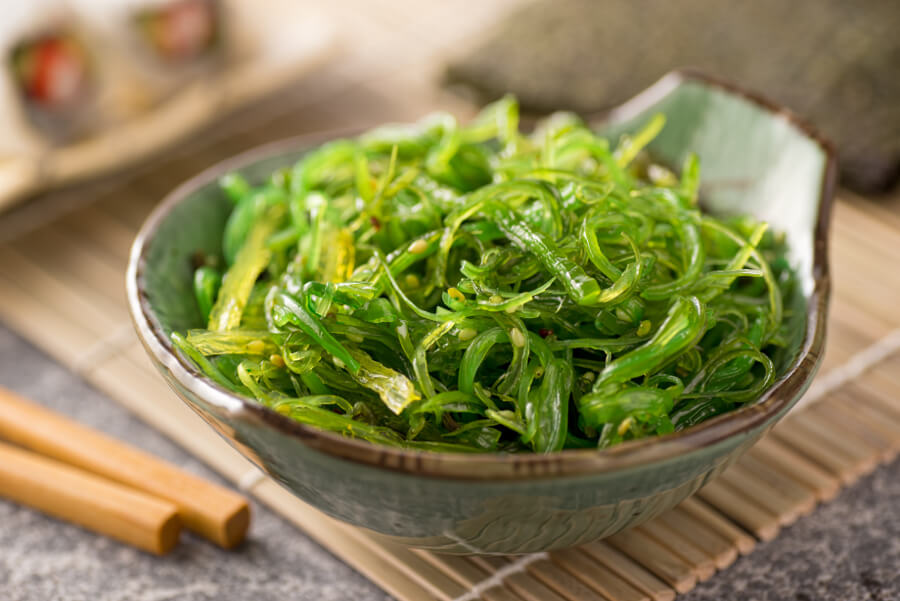
Sushi, soup or tasty snacks. Your thyroid needs iodine, and eating seaweed is one way to make sure that it gets enough.
Iodine is a bit tricky. Your thyroid needs this mineral to produce hormones, but too much might affect the gland in a bad way.Experts’ recommendation is to eat at least 150 mcg iodine but not more than 1100 mcg daily.
Most countries add iodine to salt to avoid health issues, but that might not be enough.
One great source for iodine is seaweed, and those water vegetables also contain small amounts of vitamins A, C, E, and K, along with folate, zinc, sodium, calcium, and magnesium.
Three popular seaweed varieties are kombu kelp, wakame, and nori.
Kombu kelp is a brown seaweed sold dried or as a fine powder. It is often used to make the Japanese soup stock called Kombu Dashi.
Kombu kelp is very iodine-rich and might contain up to 2,984 mcg per seaweed sheet (1 gram).
So, adding some small pieces of Kombu kelp to your salad or a cup of dashi goes a long way if you think your thyroid needs more iodine.
Wakame is another type of brown seaweed that is slightly sweet in flavor. It is commonly used in Asian dishes and is most often served in soups and salads or as a side dish to seafood.
The amount of iodine in wakame depends on where it is grown. Wakame from Asia has higher amounts of iodine than wakame from Australia and New Zealand. According to one study, the average amount of iodine in wakame seaweed was 66 mcg per gram.
Nori is a red (when it grows in the water) seaweed, commonly used in sushi rolls or tasty snacks. The iodine content in nori varies between 16 to 43 mcg per gram.
Do you want to know more about iodine and how it affects your health? Here are some links:





